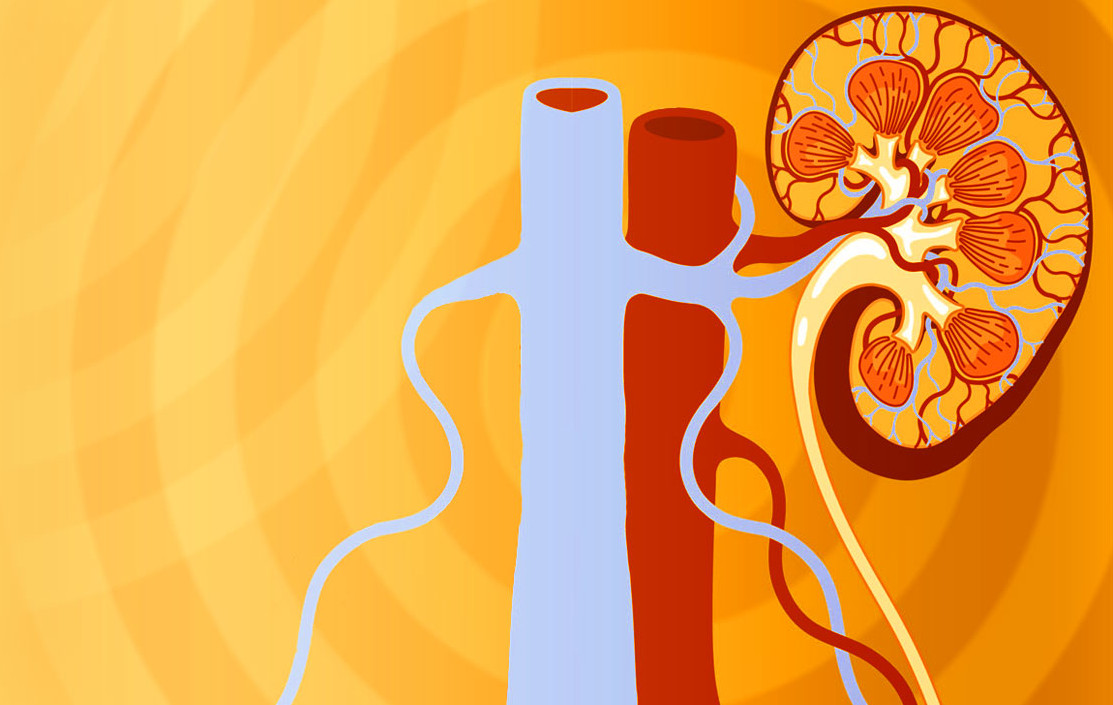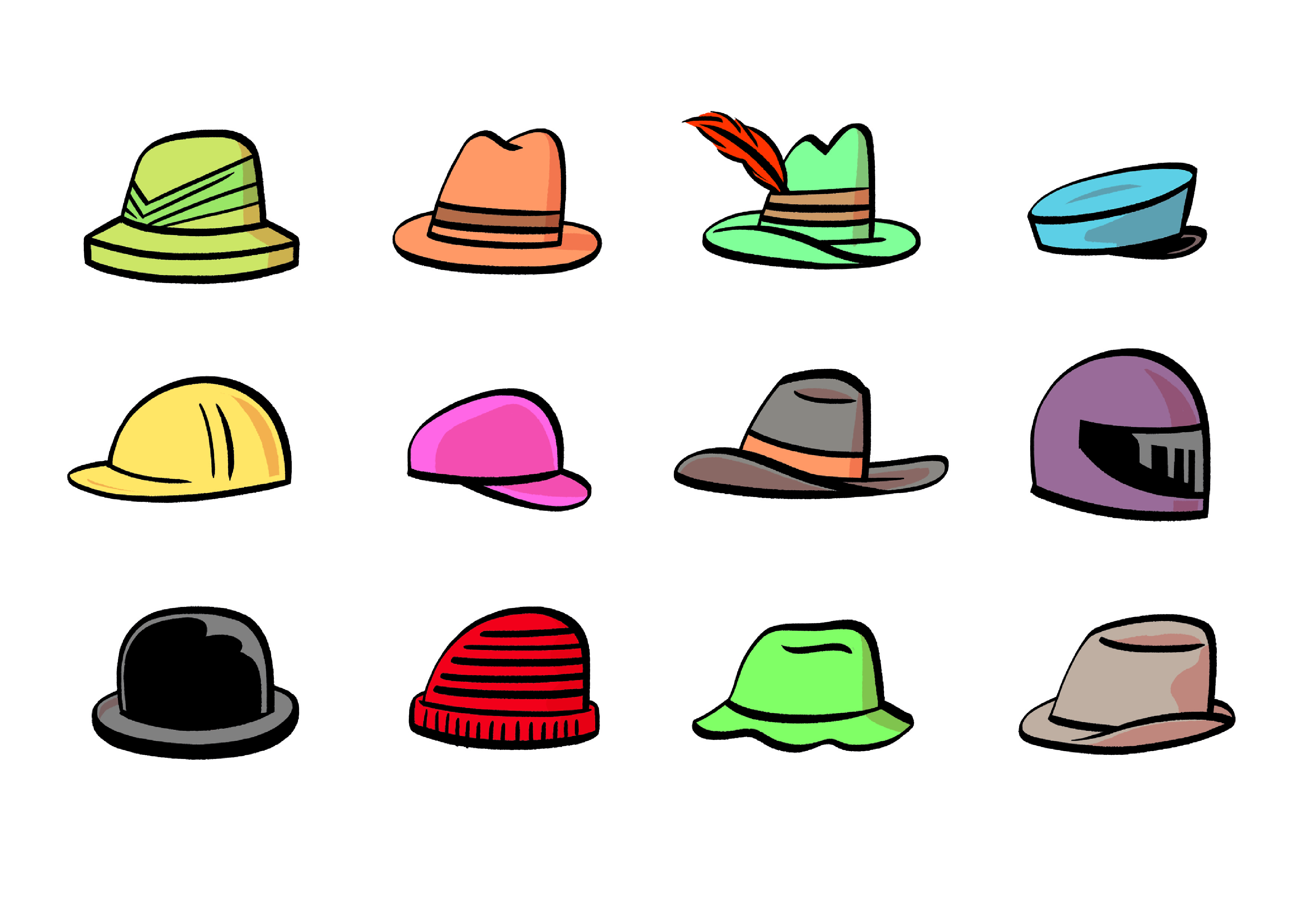
Week 14: Renal Care and Dialysis
People don’t usually think about their kidneys. Generally speaking, the kidneys and how they work are a mystery to many of us. We know we have two, although one is all that is needed to live a healthy life. Kidney disease is gradual but kidney failure can be traumatic, especially when it involves “the BigD.”
I just finished up two weeks at a hemo-dialysis center and was blown away by the complexity of the diseases state and the resilience of the patients. I don’t think anyone ever ‘gets used to’ dialysis, but given the alternative, they learn to accept it.
Writer and dialysis patient Greg Collette blogs in The BigD and Me, about his experiences starting on dialysis seventeen years ago.
As your kidneys gradually fail, you feel progressively lousier, weaker and more miserable. You are in a fog and often don’t realise how unwell you are. Decisions don’t come easy.
He goes on to say…
Because you dread dialysis more than you should. From the moment your doctor mentioned it, you have fought it. Over the months or years since then it has become a big bad deal in your mind: needles, pain, failure, precious time taken from you.
In reality, patients feel better and brighter as the artificial kidney removes toxins and waste from their blood that was making them feel like crap. As the months pass, patients become accustomed to the treatment and settle into a routine.
The photo above depicts a typical set-up for an in-center hemodialysis patient. The patient dialyses three times a week, four hours at a time, plus 20 minutes or so (10 minutes to get hooked up and 10 minutes to disconnect). That’s a total of 13 hours a week!
Many long-term dialysis patients will start treatment through a CVC (central venous catheter) in their neck or chest. In the picture above, the patient has transitioned to a fistula in his arm. You can learn more about how they create the fistula here.
Once the patient is hooked up, the dialysis machine pulls “dirty” blood from the body into the dialyser (long tube) to be cleaned. The dialyser uses dialysate (ionized mixture) to pull toxins from the blood. Because the dialysate is a lower osmolarity than the blood, it pulls waste (sodium, potassium, ammonia, etc) through a semi-permeable membrane via osmosis (think back to high school science when you learned how a tea bag works!). The dialyser can also pull extra fluids, since urination is decreased or absent. Once the blood reaches an isotonic state (how normal blood should be) it returns the body.
 So, what is the dietitians role in all of this? Primarily, the RD helps the patient keep their blood labs within normal range between treatments. Remember – you are what you eat, so if a renal failure patient eats a diet high in sodium, potassium, magnesium, and phosphorus – so will be the composition of their blood! The RD also helps the patient stay consistent in their treatment and medications, and even in their eligibility for a kidney transplant.
So, what is the dietitians role in all of this? Primarily, the RD helps the patient keep their blood labs within normal range between treatments. Remember – you are what you eat, so if a renal failure patient eats a diet high in sodium, potassium, magnesium, and phosphorus – so will be the composition of their blood! The RD also helps the patient stay consistent in their treatment and medications, and even in their eligibility for a kidney transplant.
Dialysis is certainly not an easy field (both technically and emotionally), but it can be very rewarding!
Until next week,
S






